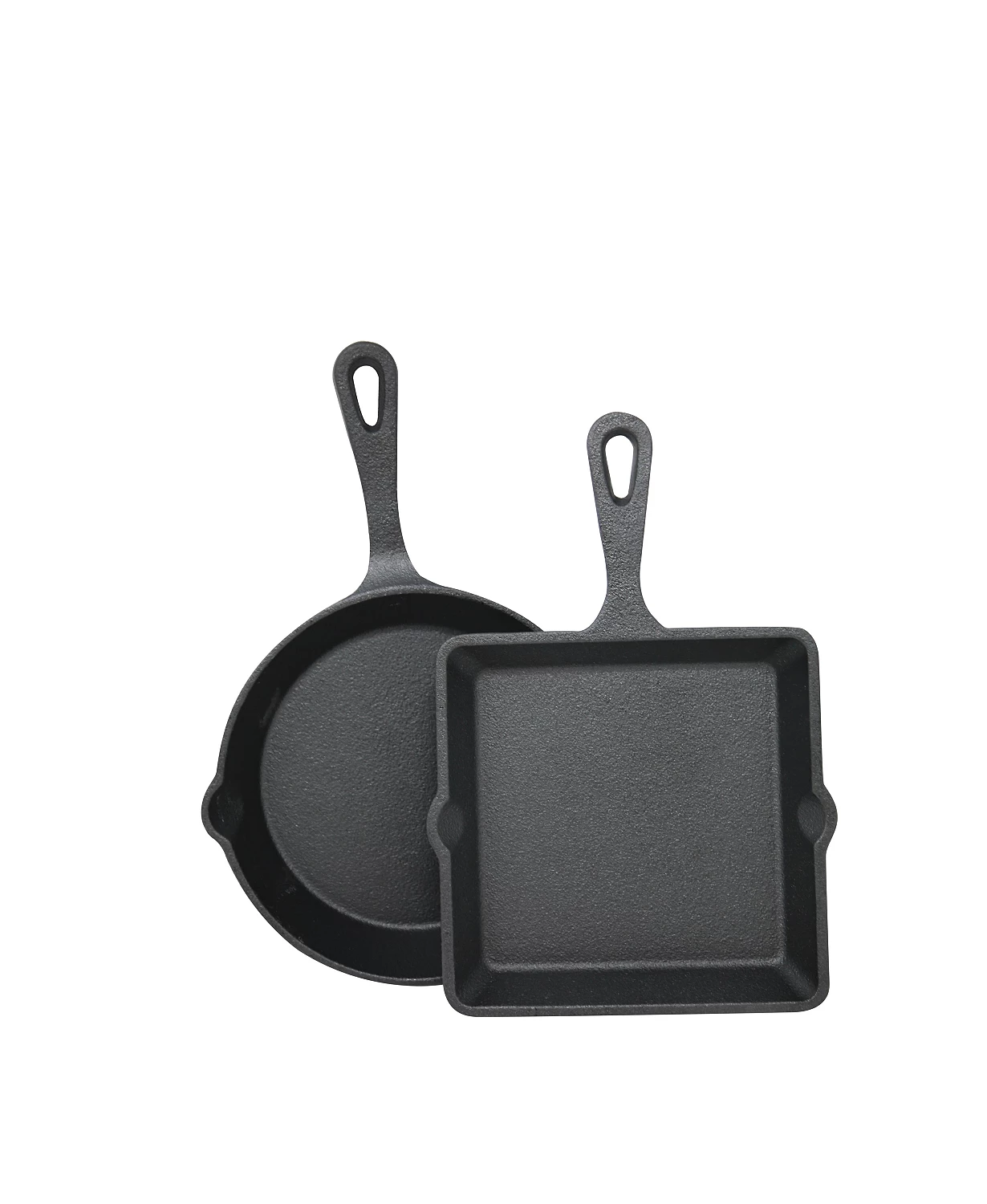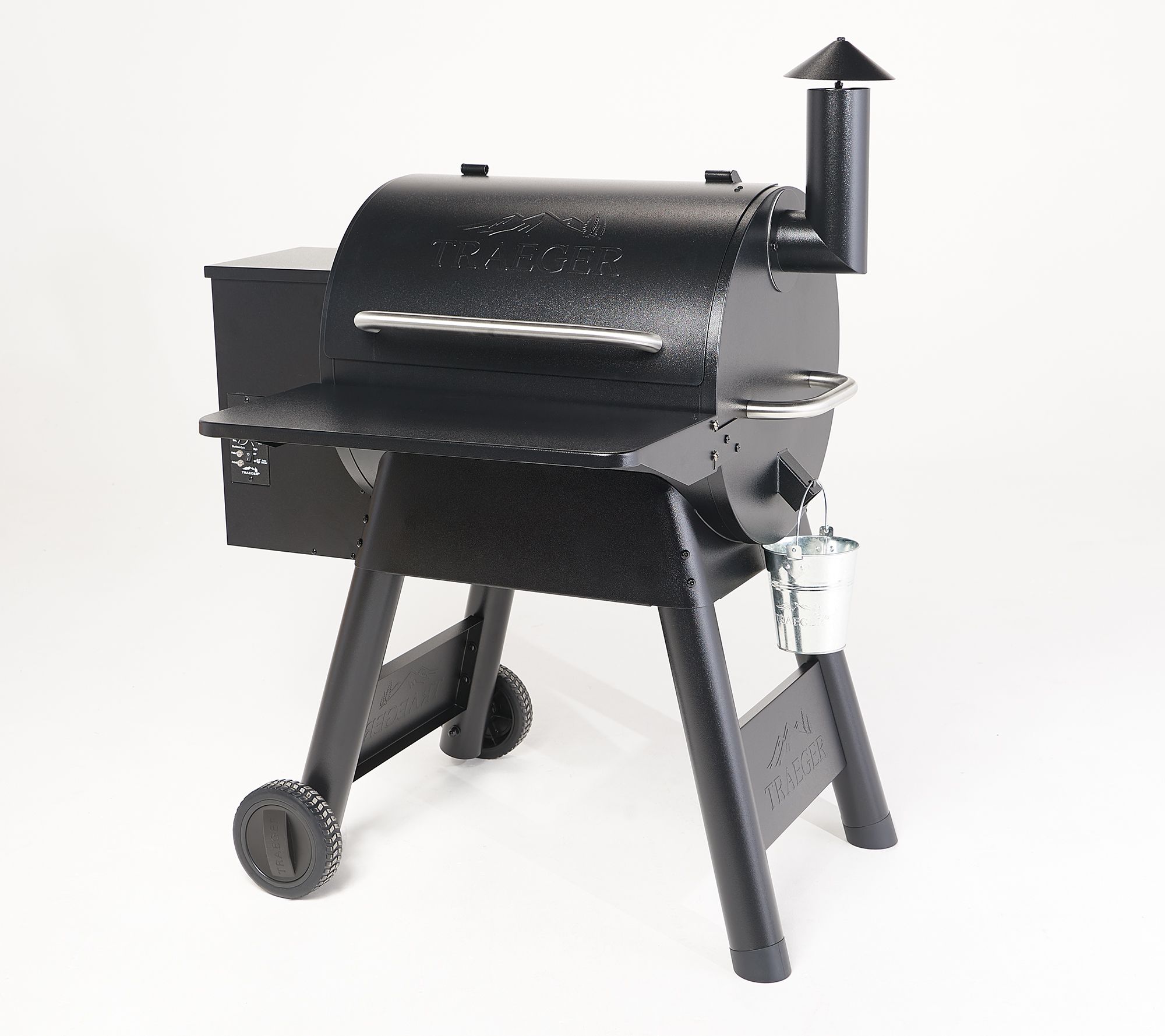Sedona Cast Iron 2-Pc. Mini Skillet & Griddle Set – Kitchen / Cookware – Macys US
Ideal for stove top, oven, BBQ and campfire use, this essential set of mini cast iron pans from Sedona includes a 6″ skillet and 6″ square griddle. The skillet is sized to cook up to 3 eggs at one time. The griddle’s raised ridges create authentic sear marks on such favorites as grilled cheese sandwiches.
Ideal for stove top, oven, BBQ and campfire use, this essential set of mini cast iron pans from Sedona includes a 6″ skillet and 6″ square griddle. The skillet is sized to cook up to 3 eggs at one time. The griddle’s raised ridges create authentic sear marks on such favorites as grilled cheese sandwiches.
- Set includes:
- 6″ round mini skillet
- 6″ square mini griddle
- Heavy-duty construction provides excellent heat retention
- Item is pre-seasoned and ready for use or re-seasoning according to the instructions. This pan does not contain any protective coatings other than vegetable oil, so do not soak or air dry. Always immediately dry after use and care.
- Cast iron
- Hand wash
- Imported
- Web ID: 11264579






by Darlene
yes so much I’ve ordered more as gifts
by Quenton
Excellent for meal prep for 1 or 2 people. Works great on the stove, oven, induction burner, and grill. Do recommend having an understanding of how to use and care for cast iron cookware…or learn how to do it.